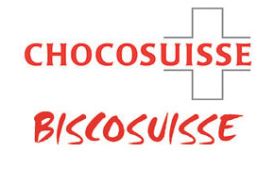A sweet history

What came first? Sugar cane or sugar beet?
The history of sweets and candies is narrowly linked to the history of sugar.
Man has always had a natural taste for sweetness. Our first ancestors were already found of the sweet taste of honey that they collected from beehives.
Around 500 BC Persians discovered sugar cane. They kept their precious secret until the 4th century when Alexander The Great brought sugar cane from his campaign. Sugar cane crops spread in the Mediterranean countries. However, we must wait the 12th century and the Crusades for sugar cane to conquest the Christian world. Marketed by the Venetians, sugar is considered as a spice with curative properties and is sold at expensive prices by apothecaries. The rich society discovers luxury confectioneries like candied fruits, jams or marzipan that they enjoy as digestives after their meals.
In 1747 a German scientist, Sigismund Marggraf, discovers the sweetening properties of sugar beets. This will help reducing the price of sugar in Europe. Thanks to the creativity of manufacturers, sugar confectioneries will know a prolific period where many traditional sweets that consumers still enjoy today will be created.
After the Second World War, industrialization gives a second wind to sugar confectionery manufacturing. Industries rely on their imagination to propose new forms, textures and tastes.



















